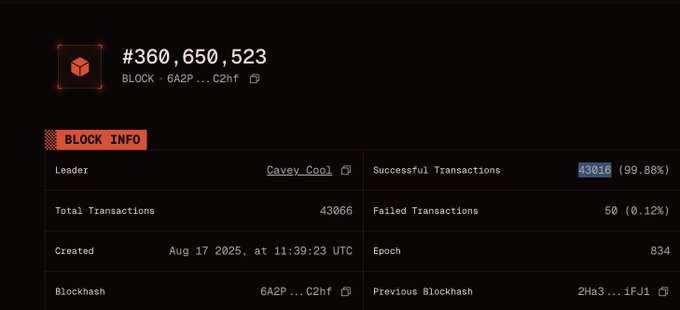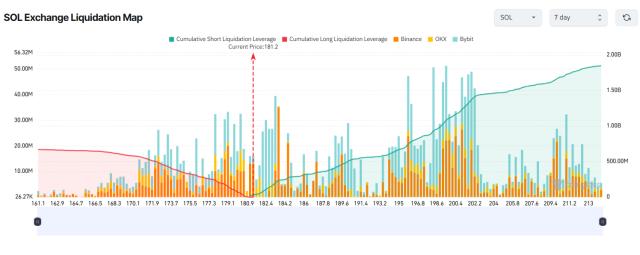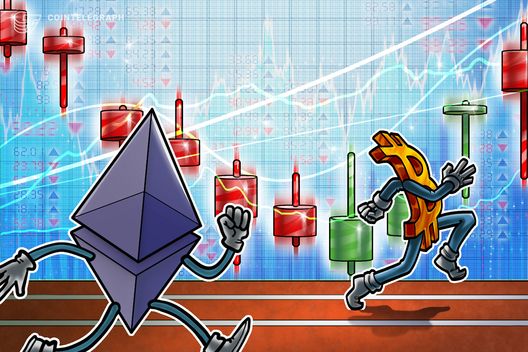This article is machine translated
Show original
Over the past two days, discussions around @Solana's 10W TPS have resurfaced, as @cavemanloverboy indeed achieved over 100,000 TPS on the Solana mainnet. However, most people haven't understood the significance behind this data:
1) First, Cavey's experiment was essentially an extreme test under "ideal conditions". This means it does not represent Solana mainnet's normal performance, and differs from testnet laboratory data, but not significantly.
Because he used a noop (no operation) test program, which means only performing basic signature verification and immediately returning success, without executing any computations, changing account states, or calling other programs, with each transaction only 200 bytes, far below normal transactions' 1kb+.
This means the 10W TPS test was calculated in a non-normal transaction environment, testing Solana's network and consensus layer's ultimate throughput, rather than the actual processing capacity of the application layer.
2) Another key to this experiment's success was the Frankendancer validator client. Simply put, Frankendancer is a "hybrid test version" of the Firedancer validator being developed by Jump Crypto - grafting Firedancer's completed high-performance components onto the existing Solana validator.
It essentially reconstructs Solana's node system using Wall Street's high-frequency trading technology stack, achieving performance improvements through fine-grained memory management and custom thread scheduling. Just by replacing partial components, a 3-5 times performance boost can be achieved.
3) This test experiment demonstrates that Solana can achieve 10W+ TPS under ideal conditions, so why is the daily TPS only 3,000-4,000?
Briefly, there are approximately three reasons:
1. Solana's PoH consensus mechanism requires Validators to continuously vote to maintain it, with these voting transactions occupying over 70% of block space, narrowing the performance channel for normal transactions;
2. Solana's ecosystem activities often involve massive state competition behaviors, such as Minting new Non-Fungible Tokens or new MEME releases, potentially having thousands of transactions competing for the same account write permissions, leading to a high proportion of failed transactions;
3. Arbitrage bots in the Solana ecosystem might send numerous invalid transactions to capture MEV benefits, resulting in resource waste.
4) However, the upcoming full deployment of Firedancer and Alpenglow consensus upgrade will systematically solve these issues.
One key point of the Alpenglow consensus upgrade is moving voting transactions off-chain, effectively freeing up 70% of space for normal transactions, while reducing confirmation time to 150 milliseconds, making Solana's DEX experience nearly identical to CEX. Additionally, enabling a local fee market can avoid network congestion caused by individual program FOMO.
Besides performance optimization, Firedancer's key benefit is achieving client diversity, allowing Solana to have multiple clients like Ethereum's Geth and Nethermind, directly improving decentralization and single node failure resistance.
Therefore, for those in the know, the Solana 10W TPS discussion is actually about confidence in Solana's future client and consensus protocol upgrades. Those unfamiliar attempt to gain attention through a TPS arms race (although TPS comparison is already outdated). However, understanding the experiment's deeper meaning is quite insightful. A bit of science popularization, shared with everyone.

mert | helius.dev
@0xMert_
08-17
Solana just did 107,540 TPS on mainnet
yes, you read that correctly
over 100k TPS, on mainnet
good luck bears

Voting has moved off-chain, which is good.
Just checked, Vote TPS 2.68K, User TPS 834
As expected, it accounts for >70% of the TPS share.
However, voting should use very few bytes, not comparable to actual transactions.

From Twitter
Disclaimer: The content above is only the author's opinion which does not represent any position of Followin, and is not intended as, and shall not be understood or construed as, investment advice from Followin.
Like
Add to Favorites
Comments
Share






